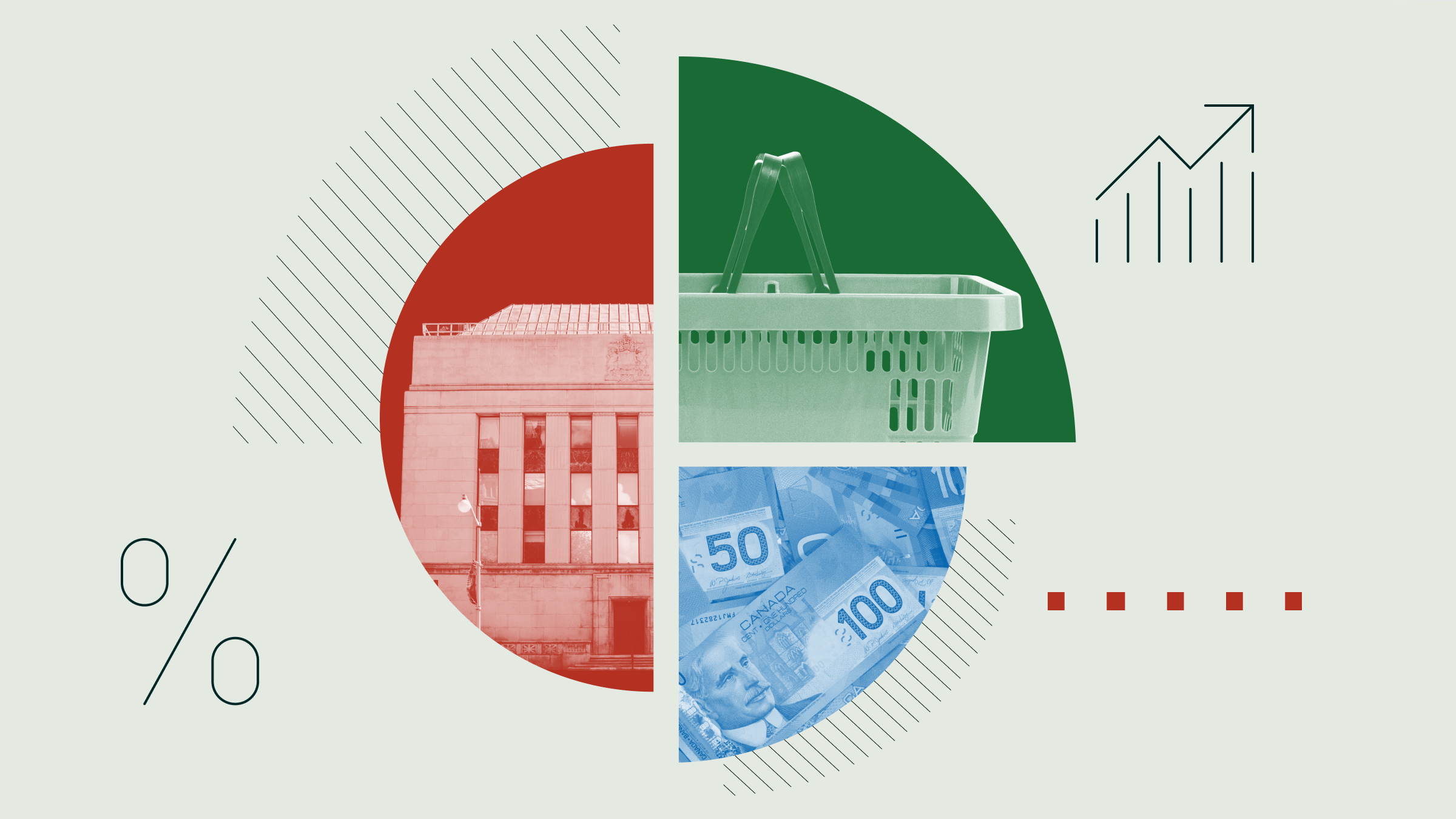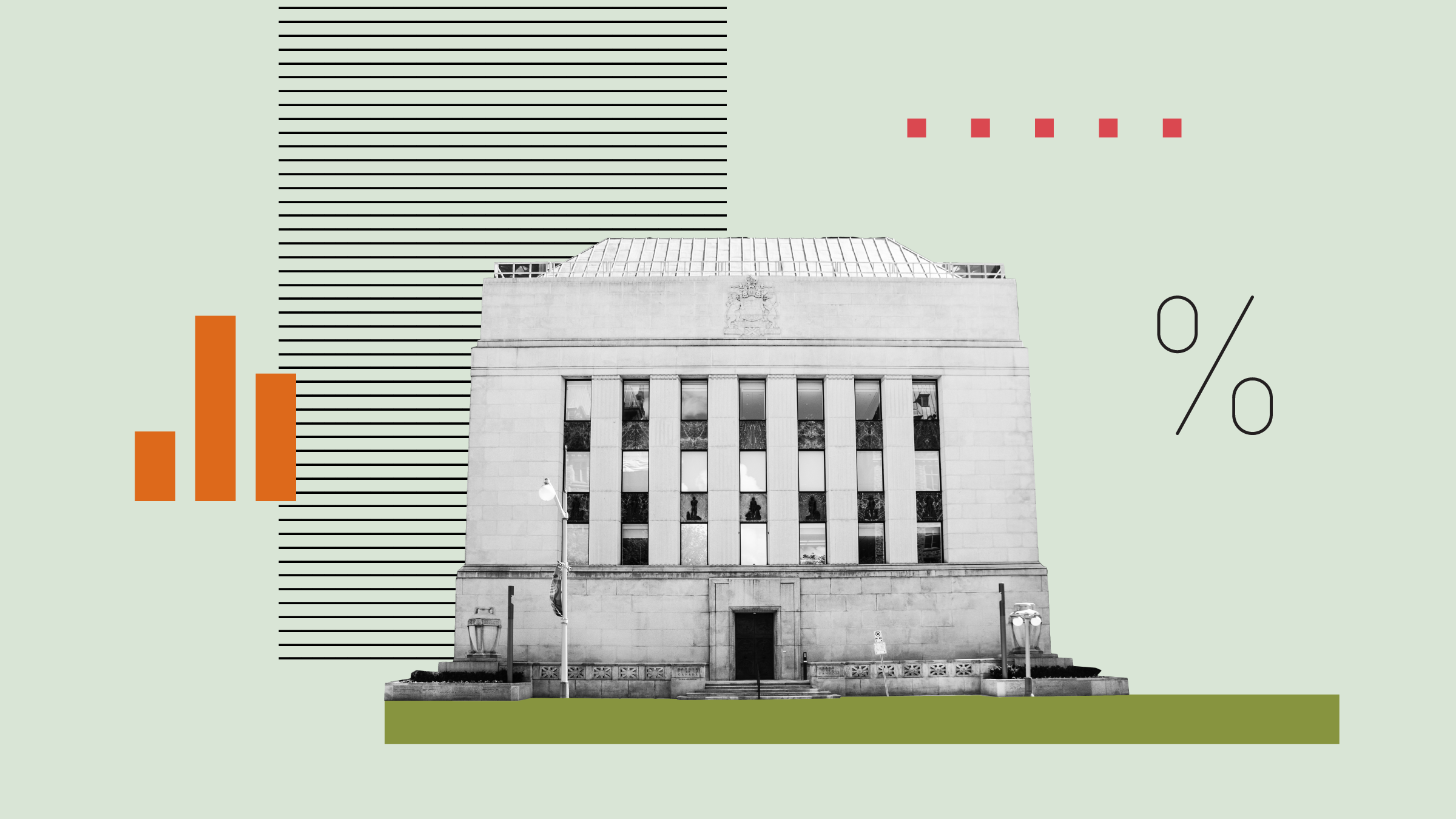See more episodes of Quant Concepts here
Emily Halverson-Duncan: Welcome to Quant Concepts. In theory, investing is simple, create a plan, implement it and then just sit back and relax. In practice, however, investing is much more difficult. While you may be initially comfortable with the portfolio you have in place, once one of your holdings begins to lose money, that level of comfort can start to erode. The most common question that arises in that scenario is whether or not you should cut your losses and sell the falling securities in the hopes of avoiding further declines. This issue can be especially prevalent for value investors as value stocks, which are expected to increase to their intrinsic value can continue declining after you purchase them before beginning to rise, and in some cases, they may not rise at all.
Today I'm going to compare a Canadian value model against the same model, but that second one will have a 15%, 30-day stop loss applied. This stop loss will calculate a stock's price change across the last 30 days and if those prices decline more than 15% the stock will get sold from the model, preventing the investor from incurring any additional losses. The test here is to see whether or not adding the stop loss is beneficial to the investor.
So, let's take a look and see what happens. So, first off the actual value model, we're going to rank the stocks and the factors we're going to use to rank price trailing earnings that looks at a stock's price compared to their trailing as earnings per share. Lower values are preferred for that because that indicates a lower valuation for the stock. Price to book value, a similar type of mindset here. It’s price relative to the stock's book value, and again, you want to see that on the lower side. A higher number for that would indicate its overvalued. Price to trailing cash flow, that's another value metric, and again, you want that to be on the lower side. And then lastly, five-year price beta. Beta is looking at the sensitivity of the stock relative to the index, in this case the TSX, and you'd like that to be on the lower side.
From there, we're going to screen our universe so some of those screens we apply we want a minimum market cap of C$150 million, that's just to get rid of any ultra-small cap stocks. We want to have all our value metrics that we just discussed to be in the lower half of peers. So again, wanting to have a lower value, and we're screening out those top half of highly valued stocks. And then dividend payout ratio so this is looking at how much of a company's earnings, the company is paying out in dividends, we want that capped out at 80%. That way, they're not paying too much dividends. On the sell side, once we've applied all those criteria, we're going to again, put a rule on the dividend payout ratio. In this case, we're going to sell if that value goes above that 80% level.
That's on the traditional value model. Recall that we're comparing as well to a second value model which has that stop loss worked in. So what that does is you're buying stocks, only if that price change the 30 day price change is underneath that 15% threshold, and then we're going to sell them if it declines more than 50% across that time period. So, let's take a look and see how this model does compared to the value model without the stop loss.
Here, our backtest is a little bit different. Traditionally, when we run our backtest, we're comparing the model relative to benchmark, which is usually your index. In this case, we're going to compare this model which has the stop loss applied compared to the value model without the stop loss. So not comparing to an index but comparing to just a basic value strategy.
So let's go ahead and give that a run. Here, our backtest is going to be holding 15 stocks across the timeframe and we're running from May 2002 until the end of November 2019. Okay, so what we're looking at here, the value model with the stop loss applied, had an annualized return of 11.3%. That actually is an underperformance to the model without the stop loss which 0.9% you can see that that model actually did 12.2%. So it actually did a little bit better without having that stop loss applied.
Few other things to notice the downside deviation. So, a measure of volatility on the downside did actually improve. So, you can see for the stop loss version, it was 7.8% versus the original version was 9.3. So, there was a little bit of benefit in terms of volatility. Otherwise, if we look at how the models did in both up and down markets, the stop loss version didn't do quite as well in up markets, it outperformed 44% of the time. But in down markets, it did outperform a little bit more at 57% of the time compared to the non stop loss version.
So overall, performance didn't really seem to improve, some improvements on the volatility side. But overall, I think the message here is to stay invested across the long term and even if your stocks are hurting, it's usually better to continue following the plan.
From Morningstar, I'm Emily-Halverson Duncan.


















